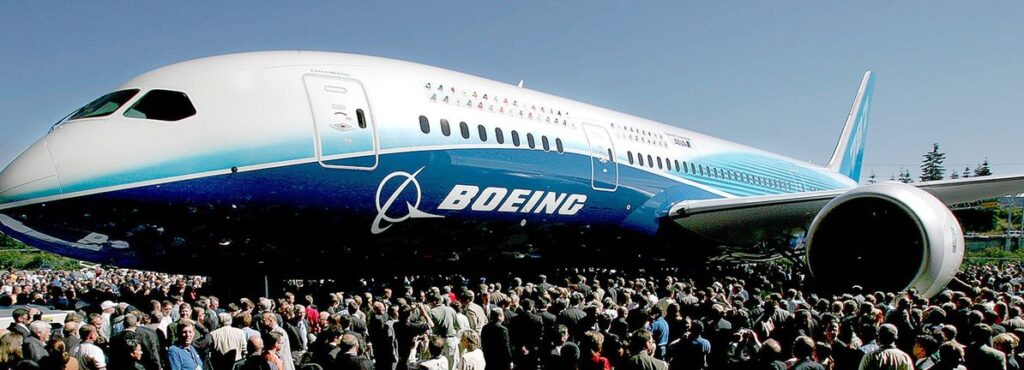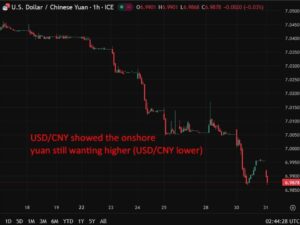
The Boeing-built X-37B Orbital Test Vehicle successfully launched on its eighth mission earlier this week, lifting off aboard a SpaceX Falcon 9 rocket. This mission, featuring an upgraded service module for enhanced payload capacity, underscores Boeing’s continued operational reliability and technological leadership in reusable spaceplane development, particularly in advanced government collaborations.
The announcement comes as Boeing seeks to reshape its long-term innovation narrative through rapid technological advancements and strategic partnerships. The X-37B’s successful launch highlights Boeing’s ability to execute complex defense and space technologies, even as the company grapples with challenges in its commercial aerospace segment.
Boeing’s Innovation Trajectory
Boeing’s recent accomplishments with the X-37B reflect its ongoing commitment to innovation in aerospace technology. The upgraded service module on the X-37B allows for increased payload capacity, enabling more comprehensive scientific experiments and technological demonstrations in orbit. This development follows Boeing’s delivery of ten O3b mPOWER satellites to SES, further cementing its position in next-generation communications and space technology.
According to aerospace industry analysts, these advancements are crucial for Boeing as it aims to diversify its portfolio and strengthen its reputation for cutting-edge innovation. “Boeing’s work with the X-37B and other space initiatives showcases its ability to push the boundaries of what’s possible in aerospace technology,” said Dr. Emily Carter, a leading aerospace analyst. “This could be pivotal in redefining Boeing’s image, especially after recent setbacks in its commercial aircraft division.”
Financial Implications and Investor Sentiment
Despite the technological achievements, Boeing’s financial outlook remains a topic of intense scrutiny. The company’s ability to translate its aerospace demand and record commercial backlog into profitability is still in question, given its lingering losses and high debt levels. The successful X-37B mission, while a testament to Boeing’s technological prowess, does not significantly alter the immediate focus on revitalizing its commercial operations or alleviate ongoing risks from program delays and cash flow pressures.
Boeing’s outlook anticipates $114.4 billion in revenue and $7.1 billion in earnings by 2028, assuming annual revenue growth of 14.9% and an earnings increase of $18.0 billion from current earnings of -$10.9 billion.
Meanwhile, investor sentiment remains cautiously optimistic. According to a survey by Simply Wall St, community members estimate Boeing’s fair value to range from $149 to $332.90. While a commercial turnaround is seen as a key catalyst, supply chain volatility continues to shape expectations across the board.
Looking Ahead: Challenges and Opportunities
As Boeing looks to the future, the company must navigate a complex landscape of challenges and opportunities. The optimism surrounding new missions like the X-37B must be balanced with the reality of persistent financial and supply chain pressures. Analysts warn that while the space and defense sectors offer growth potential, they cannot fully offset the urgent issues plaguing Boeing’s mainline commercial aircraft segment.
In the coming years, Boeing’s ability to leverage its technological advances in space and defense to drive broader corporate success will be closely watched. The company’s strategic focus on innovation and government collaboration could serve as a blueprint for overcoming its current challenges and achieving sustainable growth.
As the aerospace giant continues to forge its path forward, stakeholders will be keenly observing how Boeing manages to integrate its cutting-edge technological achievements with its broader business objectives. The success of the X-37B and other initiatives may well determine whether Boeing can reframe its reputation and solidify its standing as a leader in both commercial and defense aerospace sectors.







